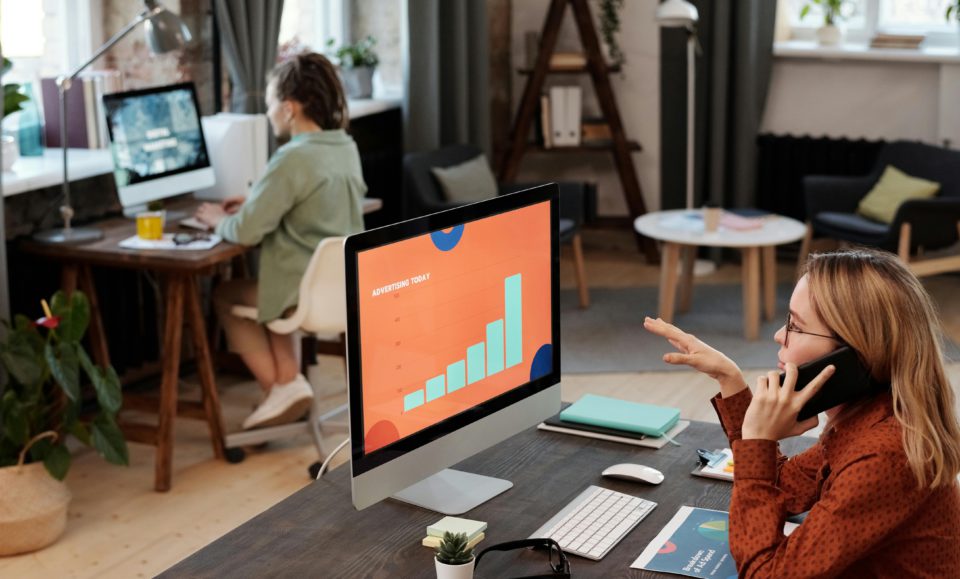The world of work is evolving at an unprecedented pace, driven by technological advancements, changing employee expectations, and global events like the COVID-19 pandemic. In response, workplace strategy is continually adapting to meet the needs of modern businesses and their employees. As we look to the future, it’s essential to explore the emerging trends in workplace strategy and how they shape the design and functionality of workplaces, even in cities like Melbourne, known for its dynamic business environment.
1. Hybrid Work Models
One of the most significant shifts in workplace strategy is adopting hybrid work models. With the rise of remote work during the pandemic, many organisations have recognized the benefits of flexibility. In Melbourne, companies are increasingly allowing employees to split their time between working from the office and remote locations. This trend reshapes workplace design to create spaces supporting in-person collaboration and remote work.
2. Employee Well-being
Employee well-being has taken centre stage in workplace strategy. In Melbourne, where quality of life is highly valued, employers prioritise their workforce’s physical and mental health. This trend is reflected in the design of workplaces, which now often include wellness rooms, green spaces, ergonomic furniture, and access to natural light. Moreover, Melbourne companies offer more flexibility in work hours to promote a healthier work-life balance.
3. Technology Integration
The integration of technology into the workplace is an ongoing trend. In Melbourne’s tech-savvy business landscape, companies leverage advanced technologies to enhance productivity and collaboration. From innovative office solutions that optimise space utilisation to digital collaboration tools that connect remote and in-office employees seamlessly, technology is a key driver in shaping the workplace of the future.
4. Sustainable Design
Sustainability is a global concern, and Melbourne is no exception. In workplace strategy, sustainability is becoming increasingly important. Companies in Melbourne are incorporating eco-friendly materials, energy-efficient lighting, and sustainable building practices into their workplace designs. Green certifications like LEED and Green Star are highly regarded in the city’s commercial real estate market.
5. Agile Workspaces
The concept of agile workspaces is gaining traction. Melbourne businesses recognize that employees have diverse work preferences and tasks. Agile workspaces provide employees with various settings, whether it’s a quiet corner for focused work, a collaborative area for brainstorming, or a social space for informal meetings. Workplace design Melbourne is evolving to support these agile, activity-based work environments.

6. Increased Flexibility
Workplace flexibility extends beyond remote work. It includes the ability to adapt to changing needs quickly. In Melbourne, where industries are dynamic, workplace strategy focuses on creating spaces that can be easily reconfigured. Modular furniture, flexible layouts, and scalable solutions are becoming more common in the city’s workplaces.
7. Data-Driven Decision-Making
Melbourne’s businesses are increasingly using data to inform their workplace strategies. Companies can gather insights on space utilisation, employee preferences, and resource allocation using sensors and analytics. Data-driven decision-making helps organisations optimise their workplace design and allocate resources more efficiently.
8. Diversity and Inclusion
Diversity and inclusion are essential components of workplace strategy. In Melbourne, a culturally diverse city, organisations are committed to fostering inclusive environments. Workplace design is adapted to accommodate various needs, ensuring all employees feel welcome and supported.
9. Health and Safety Protocols
The COVID-19 pandemic has heightened the importance of health and safety in the workplace. Melbourne companies have implemented rigorous health and safety protocols, including social distancing measures, enhanced cleaning practices, and improved ventilation systems. These measures are likely to remain integral to future workplace strategies.
10. Talent Attraction and Retention
Attracting and retaining top talent is a perpetual challenge for businesses in Melbourne. Workplace strategy plays a crucial role in this regard. Forward-thinking companies design workplaces that align with their employer brand and offer unique amenities and experiences to attract and retain employees.
Workplace strategy in Melbourne is transforming to meet the demands of the future workforce. The above trends reflect a dynamic shift towards flexibility, employee well-being, technology integration, sustainability, and data-driven decision-making. As Melbourne continues to evolve as a global business hub, its workplaces are becoming alongside, creating environments that are both adaptable and conducive to success in a rapidly changing world.




